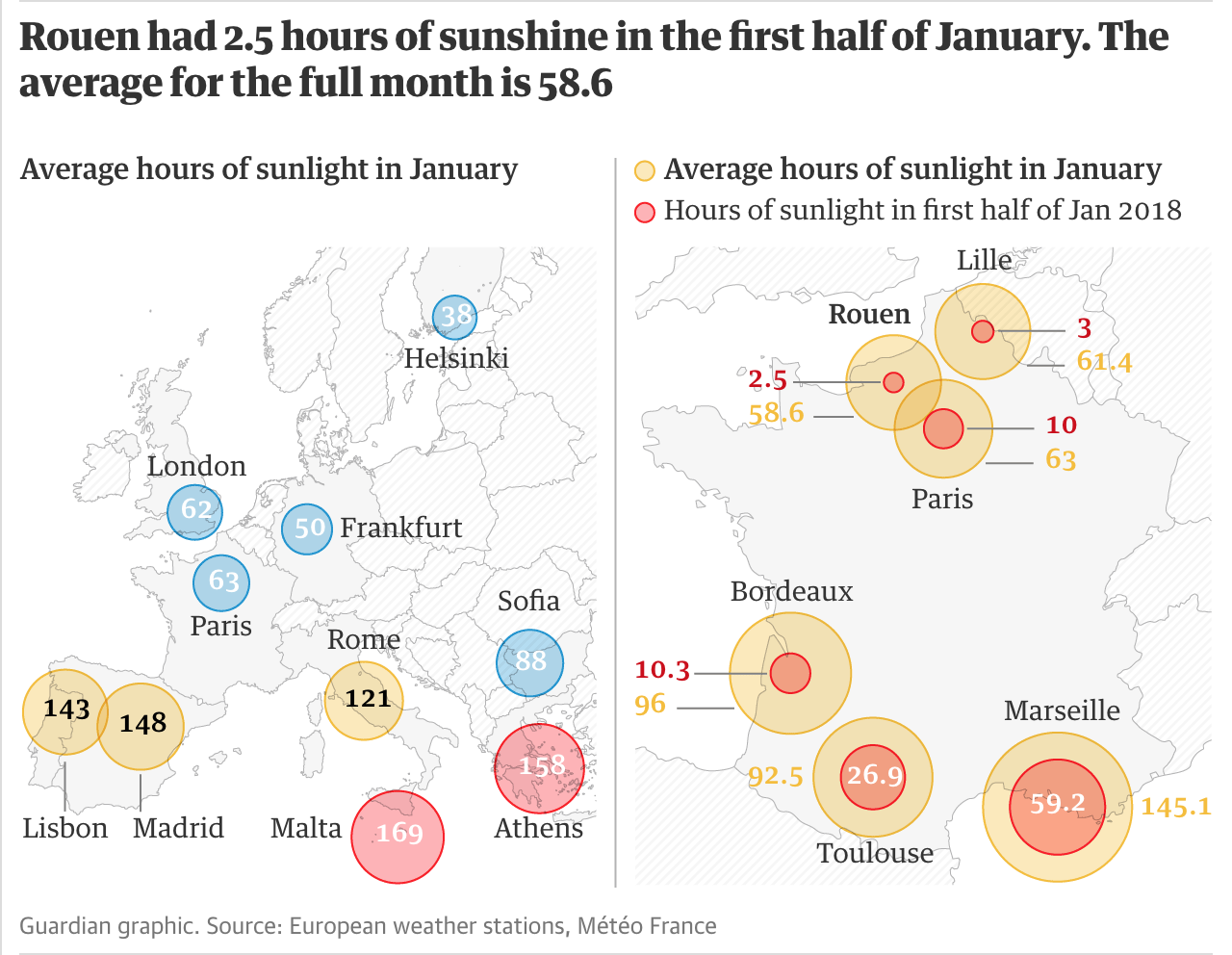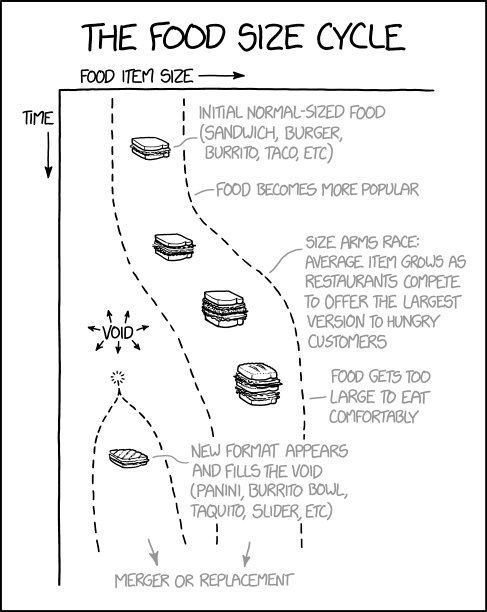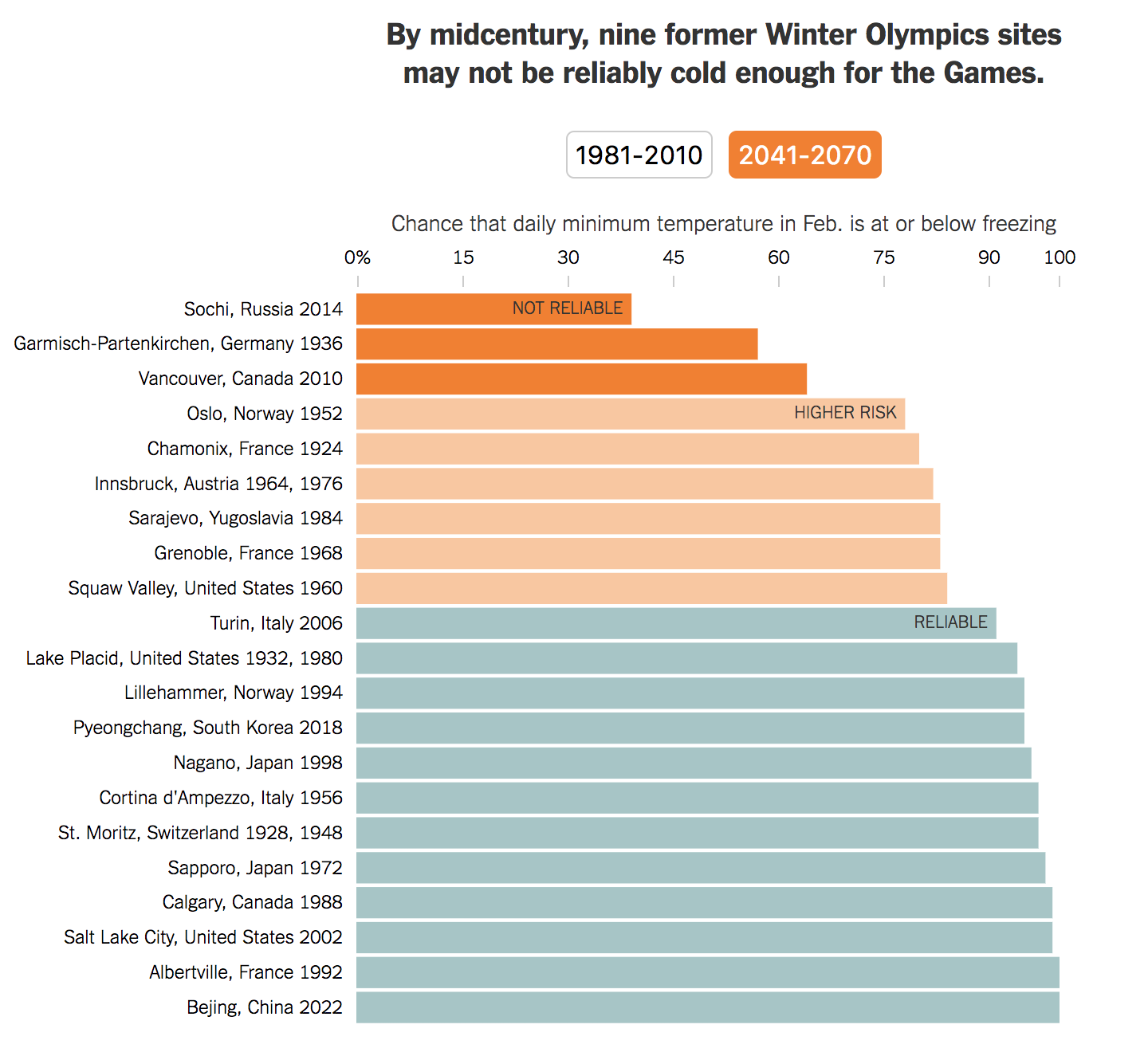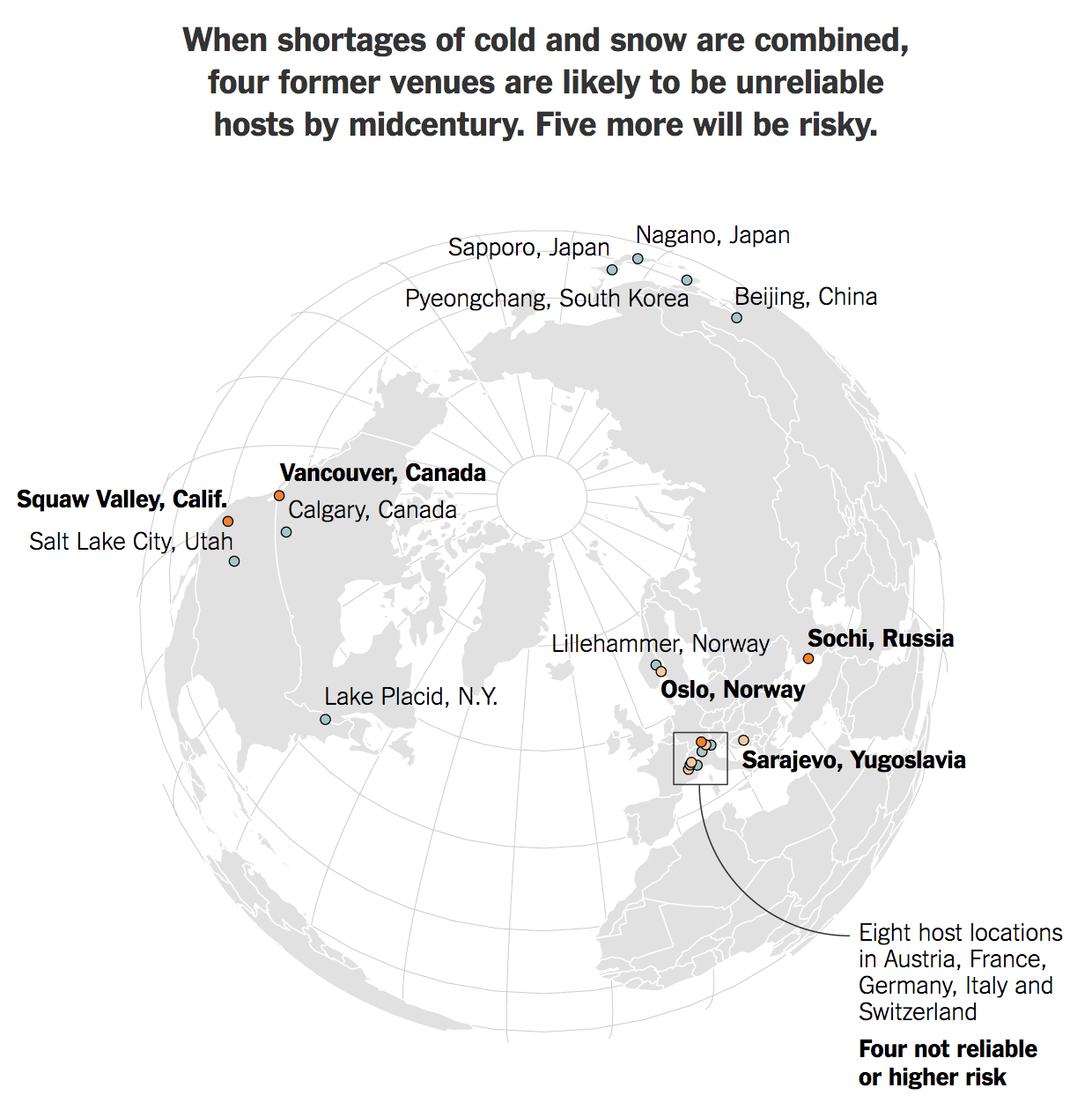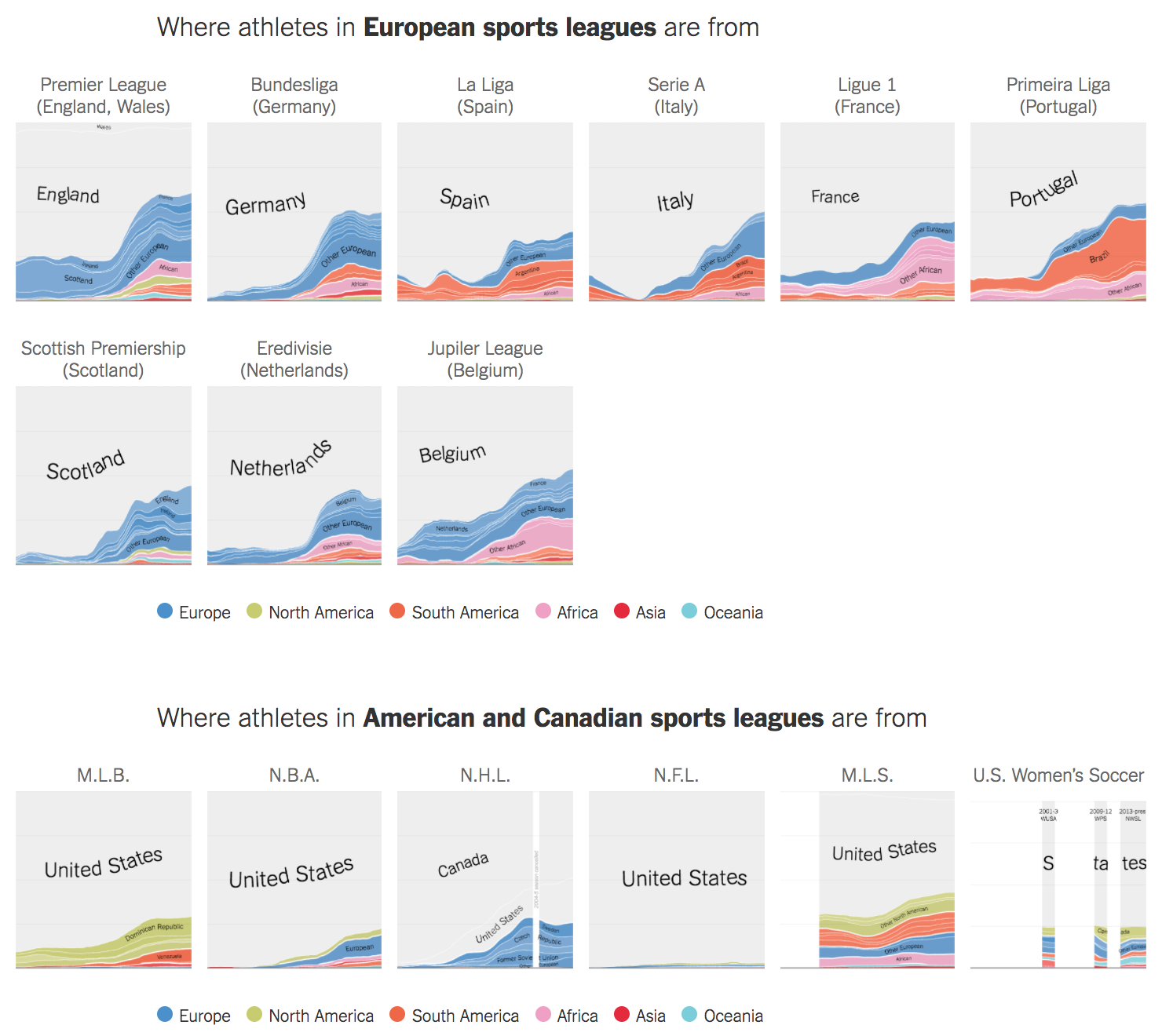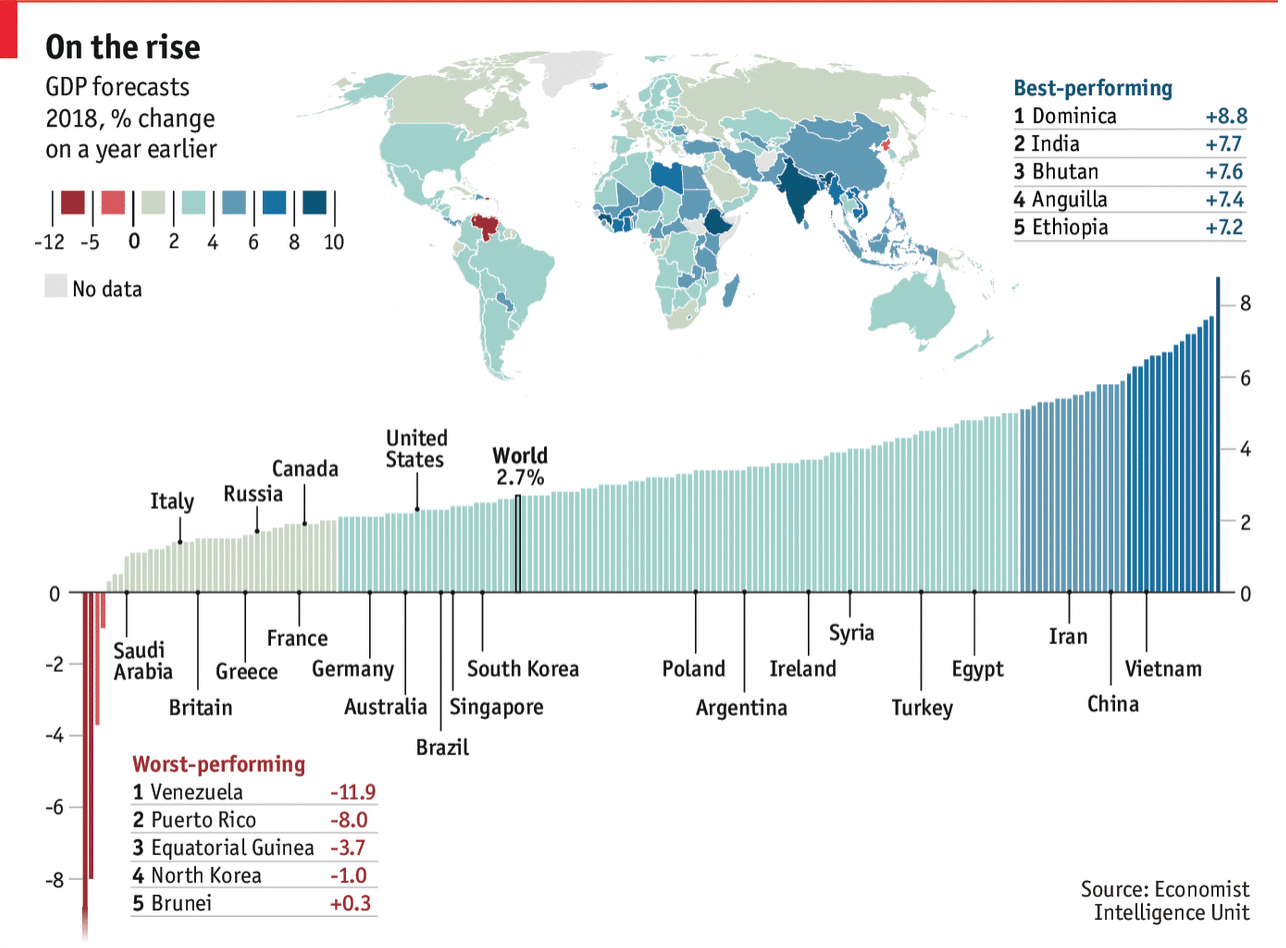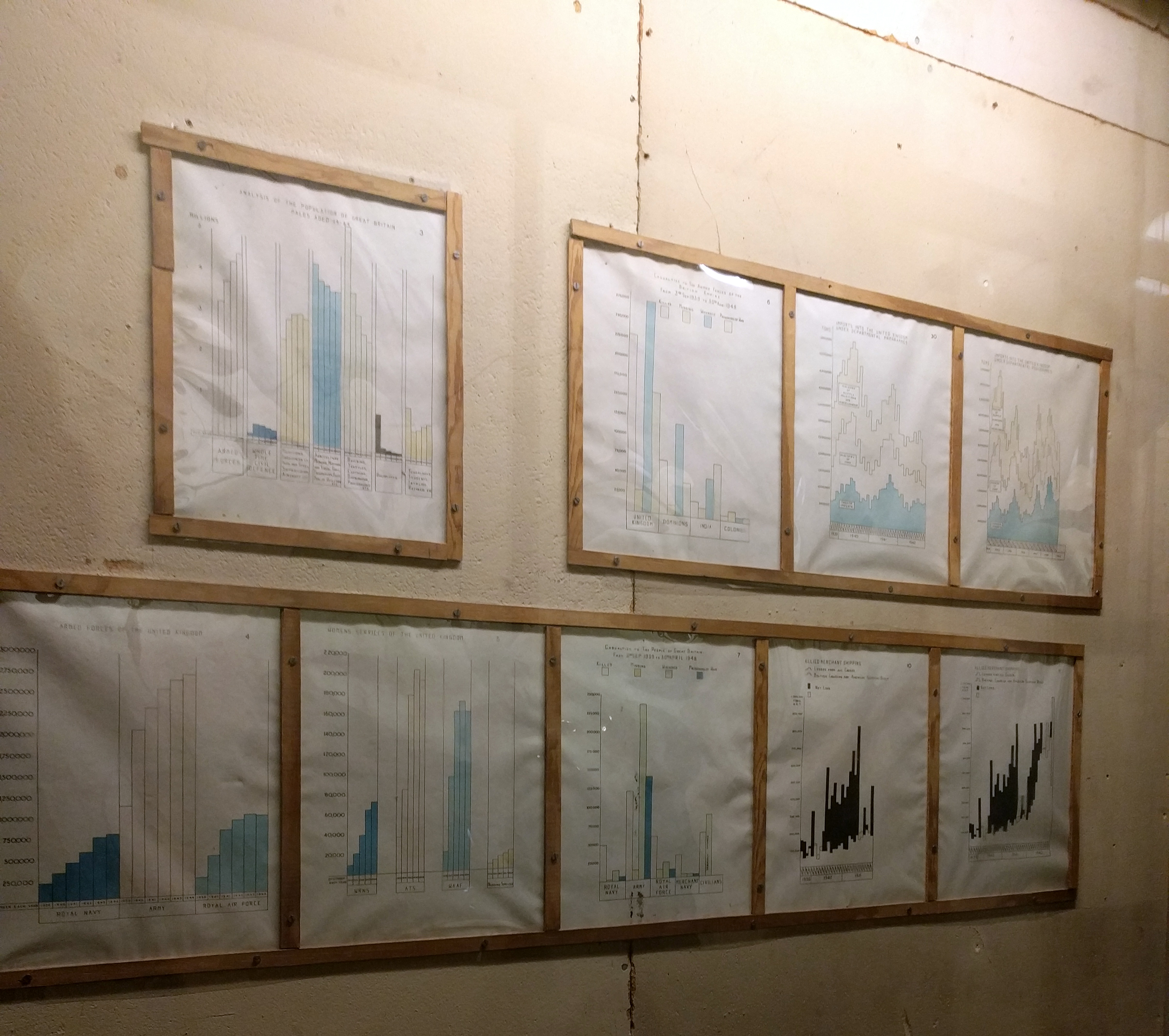Remember how last week I wrote about gerrymandering in Pennsylvania? It was as the State Supreme Court was about to hear a case involving the partisan redistricting in 2011, widely perceived as one of the most egregious examples of gerrymandering in the nation. Well yesterday afternoon the State Supreme Court ruled that yes, Virginia, Pennsylvania was egregiously gerrymandered and the court ordered the state government to redraw the maps ahead of the 2018 midterms.
One of the worst offenders is the state’s 7th district. And if we go back a few years in time, the Washington Post had a nice piece that showed the (d)evolution of said district into the weird abstract art it is today.
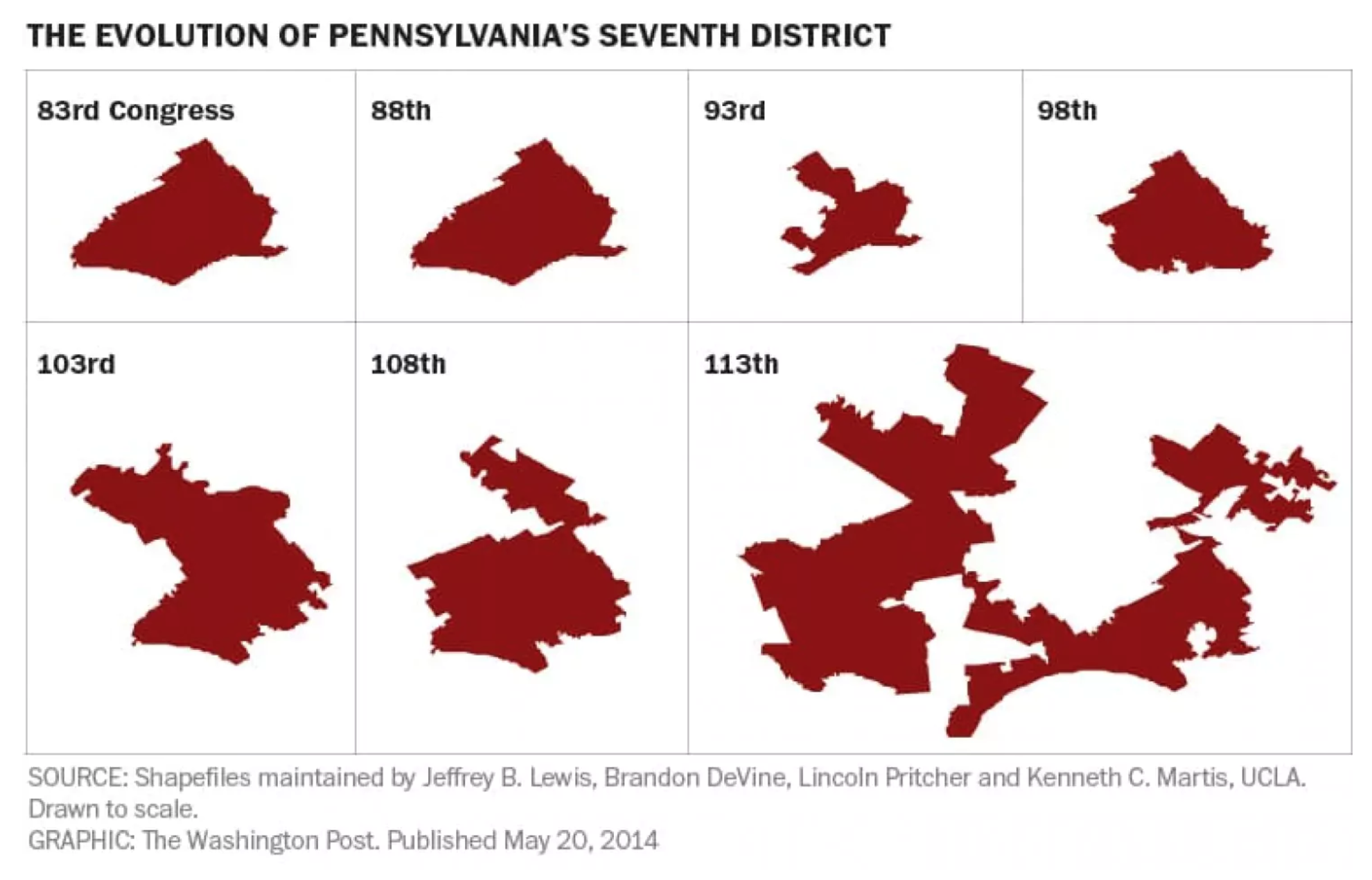
Credit for the piece goes to the Washington Post graphics department.

